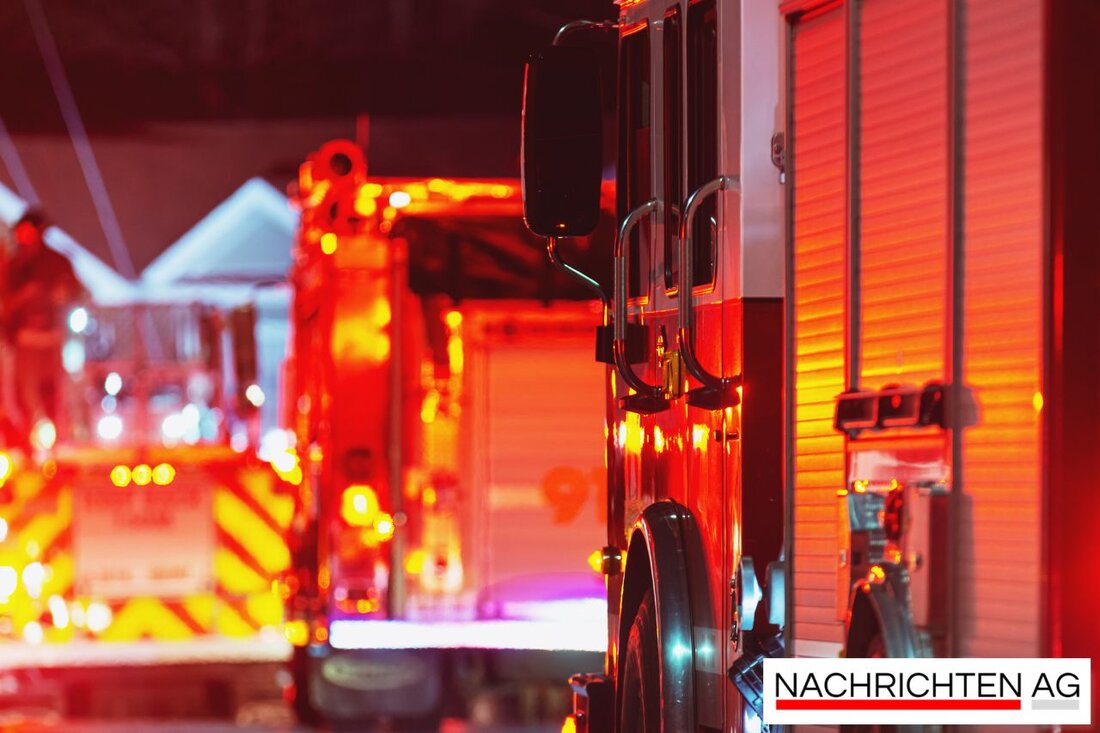Disaster exercise in Potsdam: Fire brigade tests rescue after stadium collapse!
On July 5, 2025, over 450 emergency services will train in Potsdam's Karl Liebknecht Stadium for an emergency involving a stadium roof.

Disaster exercise in Potsdam: Fire brigade tests rescue after stadium collapse!
In the heart of Potsdam, in the Karl Liebknecht Stadium, an important scenario is being rehearsed today, July 5, 2025, that promises more than just a hint of thrill. Over 450 firefighters, rescue services and civil protection teams are on standby, while 150 volunteers act as casualties. The aim of this large-scale exercise is to improve the operational capability and the coordination of the various organizations in the event of a disaster. Tagesschau reports.
A scenario that has it all: the partial collapse of the stadium roof pushes the emergency services to their limits. A helicopter and around 50 rescue vehicles are used to simulate how rescue could proceed in an emergency. “It is important that we go through all the processes in detail from arriving at the scene of the accident to transporting the patients to the hospitals,” says Antje Pfaffe, the chief physician at the central emergency room. Because in an emergency, every second can be crucial.
Realistic conditions for everyone involved
In order to make the exercise as realistic as possible, the volunteers were specially painted with blood. Their roles range from injured people searching for loved ones in a state of shock to people collapsing under the pressure of what is happening. The fire department practices freeing buried and trapped victims. An important element is that the emergency services were not informed about the exact details of the exercise in advance in order to create authentic conditions. The Tagesspiegel explains.
The exercise not only has the character of a test, but also serves to improve the efficiency and interaction of the various organizations. “These exercises reduce the fear of making wrong decisions and help us to react more confidently to crisis situations,” explains Michael Oppert, chief physician at the Center for Emergency and Intensive Care Medicine. Errors and discrepancies must be followed up and incorporated into future planning so that you are prepared for reality. Crisis and emergency management describes how important regular exercises are for effective emergency care.
Experiences and outlook
The evaluation of this large-scale exercise will take place in the coming weeks and will form the basis for future emergency exercises. Past experiences, such as the exercise in Cottbus, in which a lightning strike was simulated during a major event, show the willingness of organizations to continuously learn and improve. These precautions are not only important for the emergency services, but also ensure the well-being of the population in crisis situations.
The traffic situation around the stadium will also be affected on today's practice day, which is why residents and passers-by are asked for their understanding. This exercise is made possible with a budget of around 20,000 euros - an investment in the safety of the people on site. The last exercise of this kind took place over a decade ago and impressively showed how important good cooperation between all those involved is.

 Suche
Suche
 Mein Konto
Mein Konto